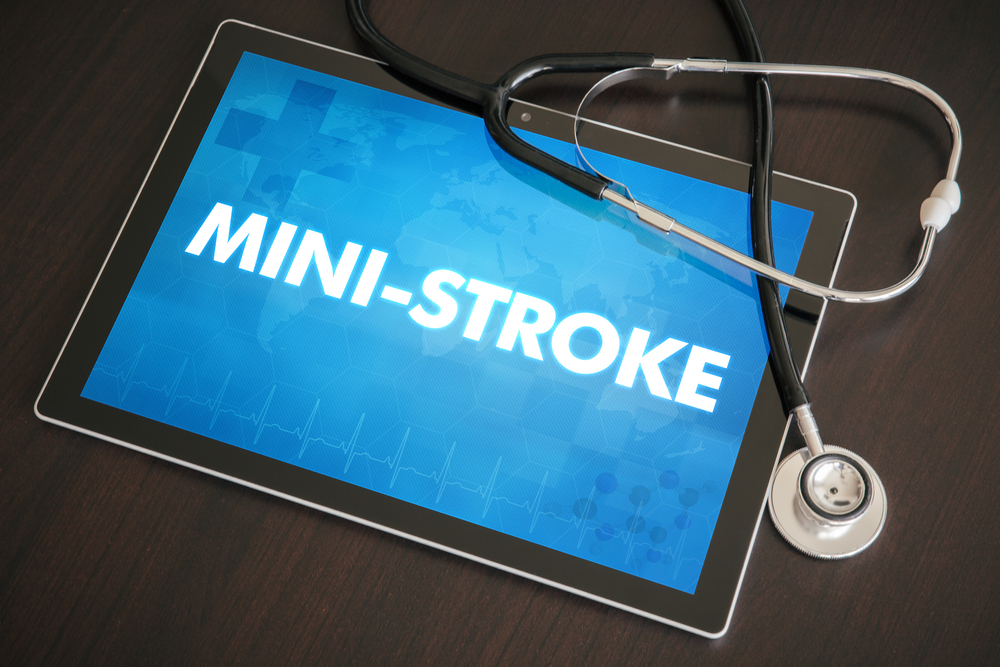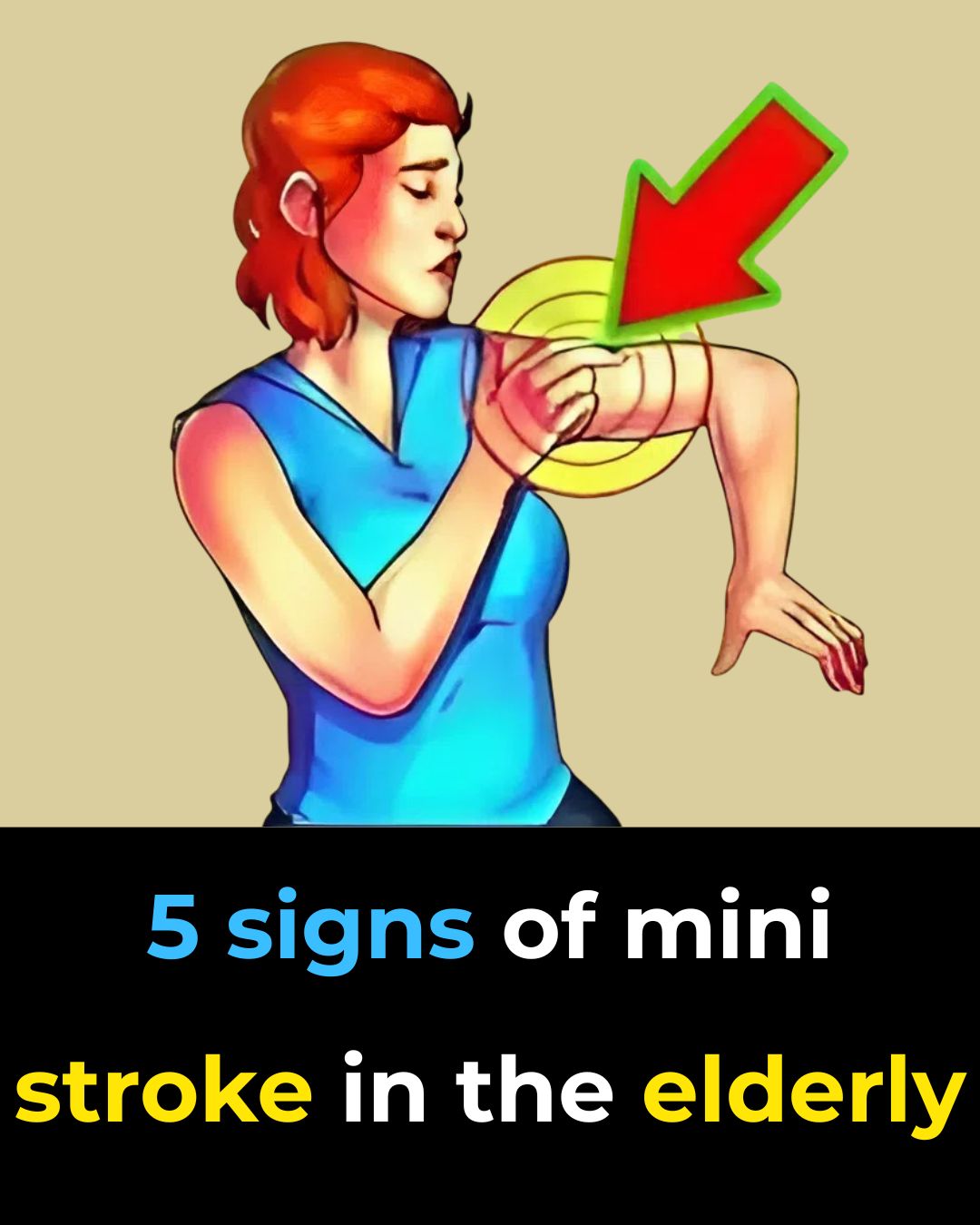You likely have read about full-blown strokes, but did you know that mini strokes can happen, too, and are actually quite common? The problem is that they can go unnoticed, preventing the victim from getting the medical attention that they need. Not only that, but they are also at an even higher risk for a full-blown stroke, but no one knows this. For this reason, it is important to understand the signs of mini stroke, so that the person can get the help they need as quickly as possible.
What is a Mini Stroke?

A mini stroke, medically known as a transient ischemic attack (TIA), is a temporary disruption in blood flow to the brain. Unlike a full-blown ischemic stroke, a mini stroke typically lasts for a shorter amount of time. This can be from just a few minutes to up to 24 hours. Despite being temporary, mini strokes are important to recognize. They still do damage to the brain and can be a warning sign of an impending major stroke.
The Signs of Mini Stroke

The signs of mini strokes are similar to full strokes, though the damage they do is not usually permanent. Immediate medical attention is still crucial, however, to prevent further strokes and long-term complications. Mini stroke symptoms can be slightly more subtle than major strokes. It is important to be hyper-aware of the signs in order to get medical attention required. The signs are as follows:
